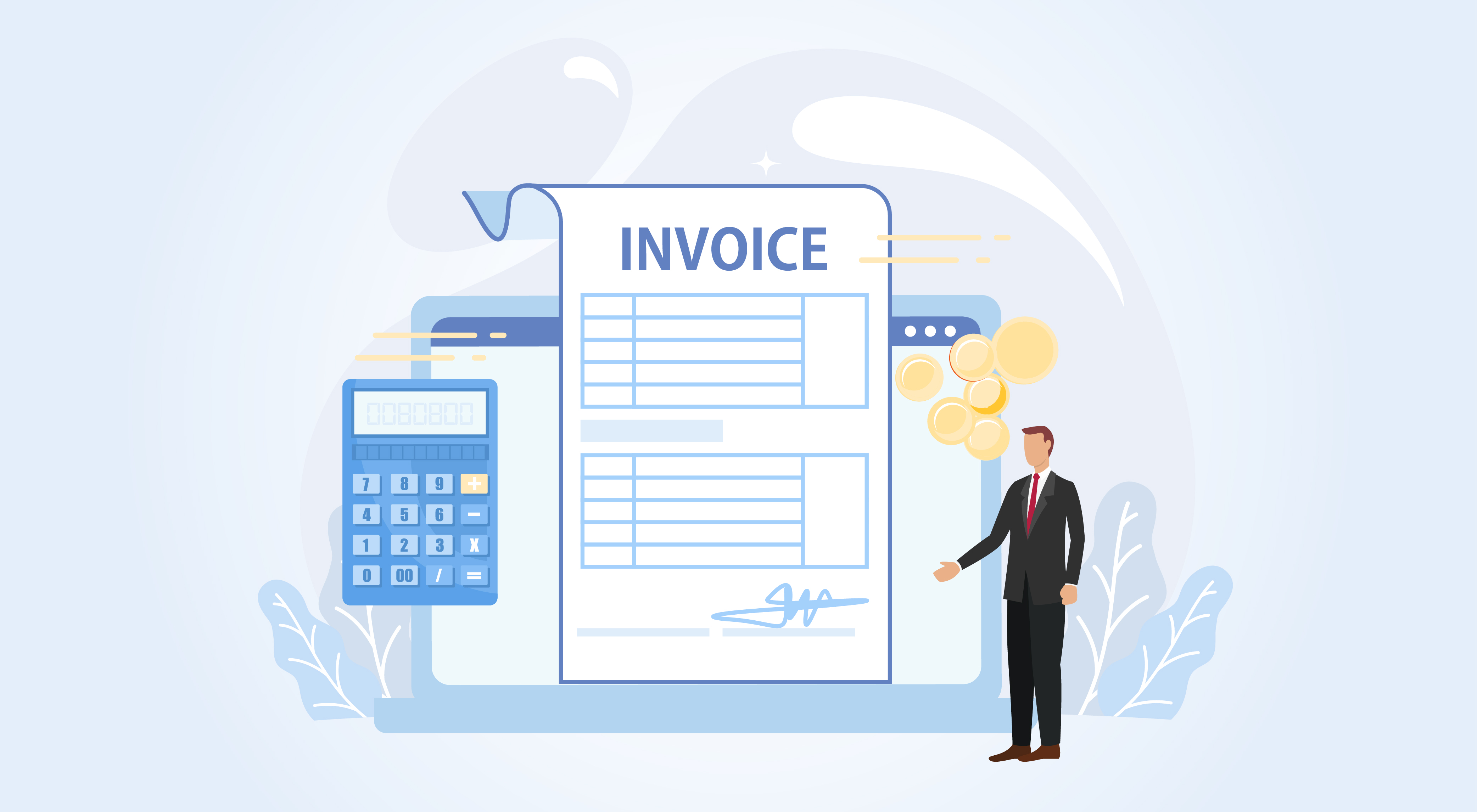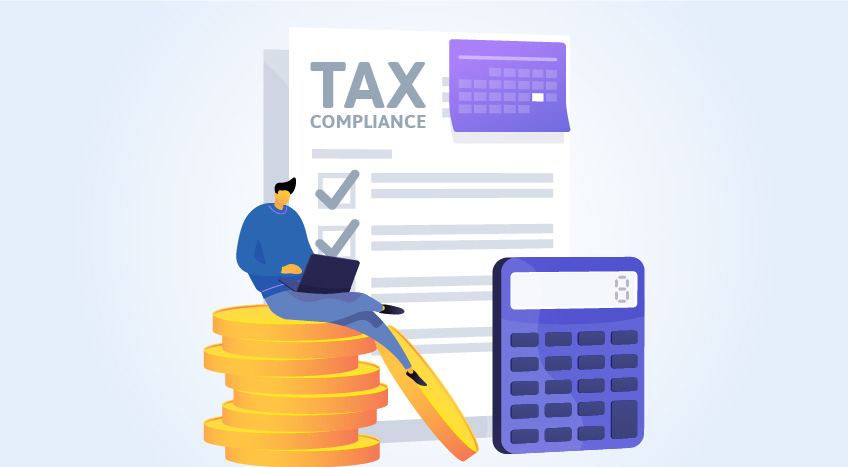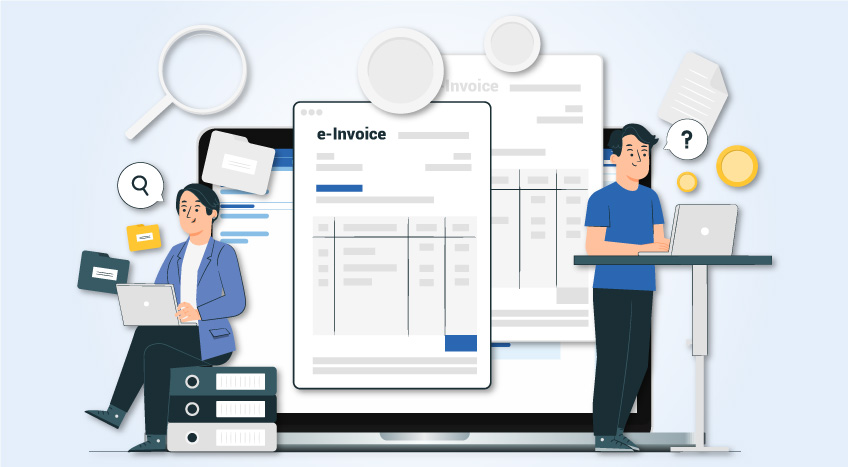Suppose you issue e-invoices under the Fatoora (Saudi Arabia’s e-invoicing) system, but enter a wrong amount, apply the wrong VAT rate, or select the wrong customer. In that case, you will not be allowed to cancel or edit an invoice. Like any other e-invoicing system, the Fatoora system also generates an error in such instances. However, in Saudi Arabia, there is a defined way to fix such issues. You do not alter an issued invoice. Instead, you correct it through electronic notes that reference the original invoice.
This article explains what the law allows, when to use credit or debit notes, how to handle rejections, and how TallyPrime can streamline your workflow. It is written for Indian MSMEs operating in KSA, and it uses simple, clear language.
What does ZATCA allow and what does it prohibit?
Once you issue and share an electronic invoice with your buyer, you cannot edit or cancel that invoice. The VAT Regulation requires you to issue a credit note or a debit note that links back to the original invoice. This is the only permitted method to correct issued invoices.
ZATCA’s e-invoicing programme covers invoices and electronic notes in a structured format, exchanged through compliant solutions. Your corrections must follow the same structured approach and include all mandatory fields.
Credit note vs debit note: When to use each
You resolve most invoice errors with one of two instruments. A credit note reverses the value from the original invoice. A debit note increases the value when the original invoice falls short. Always link the note to the original invoice number and date. Include a clear reason and the corrected values.
- Use a credit note when the price, quantity, or tax was higher than it should have been.
- Use a debit note when the price, quantity, or tax was lower than it should have been.
- Use notes for detailed errors, such as the buyer's VAT number, item code, or description that affects tax calculation.
Phase 2 integration realities you should know
Under Phase 2, your e-invoicing solution integrates with ZATCA for real-time clearance of B2B invoices and near real-time reporting of simplified B2C invoices. ZATCA and recognised sources confirm that issued e-invoices cannot be edited and that corrections must be raised through electronic notes. This ZATCA integration, therefore, has two practical implications:
- First, a standard invoice that fails clearance must be corrected and re-generated.
- Second, a simplified invoice must be reported within the required window with a valid QR code and stamp.
If ZATCA returns a failure message during clearance, correct the specific error and regenerate the invoice. Typical failures relate to missing fields, sequence errors, invalid hashes, or wrong VAT rates. Your solution should display the reason for the failure from ZATCA so you can fix the root cause.
Sequence control: ICV and resubmissions
Every e-invoice and electronic note carries an internal counter value known as ICV, which must be strictly sequential. If invoice number 3 fails clearance and you regenerate, the next submission uses the next ICV in the sequence. You do not reuse the old ICV value. Maintaining a continuous, non-repeating ICV stream protects your audit trail.
A practical correction workflow you can rely on
You can adopt a simple routine that reduces stress and supports clean compliance. This routine works well in TallyPrime or any certified EGS.
1. Before you issue
Build checks into your process. Validate VAT numbers, addresses, item codes, and VAT rates. Validate totals, rounding, and currency. Include QR code preview for simplified invoices and XML preview for standard invoices. These checks limit downstream corrections and reduce note volumes. ZATCA expects compliant fields, formats, and stamps at the point of issue.
2. When an issued invoice has an error
Follow this sequence for clean corrections:
- Identify the error type: Confirm whether the value needs to be reduced or increased, or whether you must fix descriptive fields.
- Choose the right instrument: Issue a credit note for reductions or a debit note for increases. Always link the note to the original invoice.
- Include required references: Capture the original invoice number, date, and reason for correction. Ensure correct hashes, stamps, and QR codes where required.
- Clear or report the note: Send notes through your integrated solution in line with Phase 2 rules. Standard notes require clearance. Simplified notes require reporting.
- Share with the buyer: Provide the cleared note to your customer for reconciliation.
- Archive correctly: Retain the original invoice, the note, and related data for the statutory period. The VAT Regulations require at least six years.
3. Edge cases you will encounter
You might discover an error before the invoice is shared or reported. In that limited situation, your software may allow you to stop the document before finalisation. Once an invoice is shared with the buyer or submitted for clearance or reporting, corrections must happen through a note.
You might need to reverse a full transaction. In that case, issue a credit note for the full value rather than deleting the invoice. Deletion is a prohibited function and invites penalties.
4. Record-keeping and audit readiness in KSA
KSA requires you to store invoices and notes in line with VAT record-keeping rules. The minimum retention period under VAT is six years from the end of the tax period. Certain sectors and assets require longer periods. Keep electronic records readable, accessible, and available for inspection within the Kingdom.
Ensure your e-invoicing solution supports safe storage of XML payloads, embedded PDF/A-3 files, cryptographic stamps, and validation receipts. ZATCA guidance highlights proper storage and archival as an obligation.
Common mistakes and how to avoid them
Many businesses make avoidable errors during e-invoicing. Understanding these mistakes will help you stay compliant and avoid penalties.
- Editing issued invoices is strictly prohibited under ZATCA regulations, so always generate a credit or debit note for corrections.
- Never reuse an ICV after an invoice clearance failure; instead, continue with the next sequential ICV value for compliance.
- Always include the original invoice number, date, and reason when raising correction notes to maintain complete traceability.
- Review clearance failure messages carefully, identify the root cause of rejection, correct the error, and regenerate the invoice immediately.
- Maintain secure, accessible electronic records of invoices and notes for at least six years, as mandated under VAT regulations.
Final takeaway and next steps
You cannot cancel or edit an issued e-invoice in KSA. You correct the transaction through a credit or debit note that links to the original invoice and follows Phase 2 rules. Managing ICV sequence, addressing clearance failures, and maintaining robust archives are essential habits for compliance and cash flow health.
Understanding the rules and using a compliant e-invoicing software like TallyPrime ensures that your business remains compliant with ZATCA regulations and that your financial records are always accurate.









